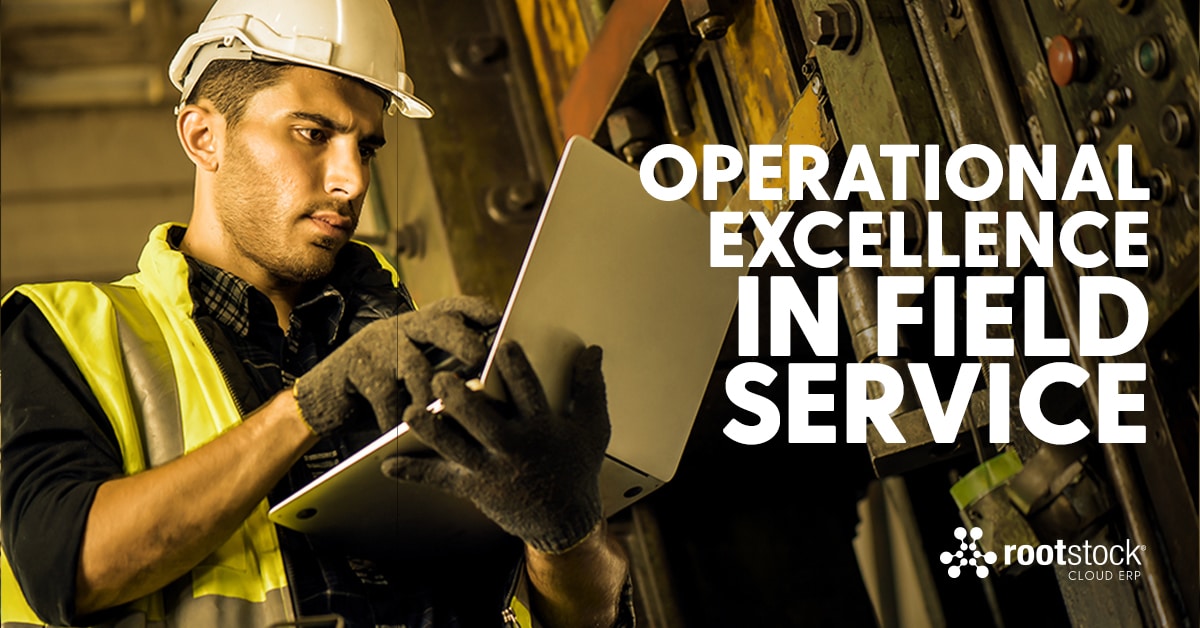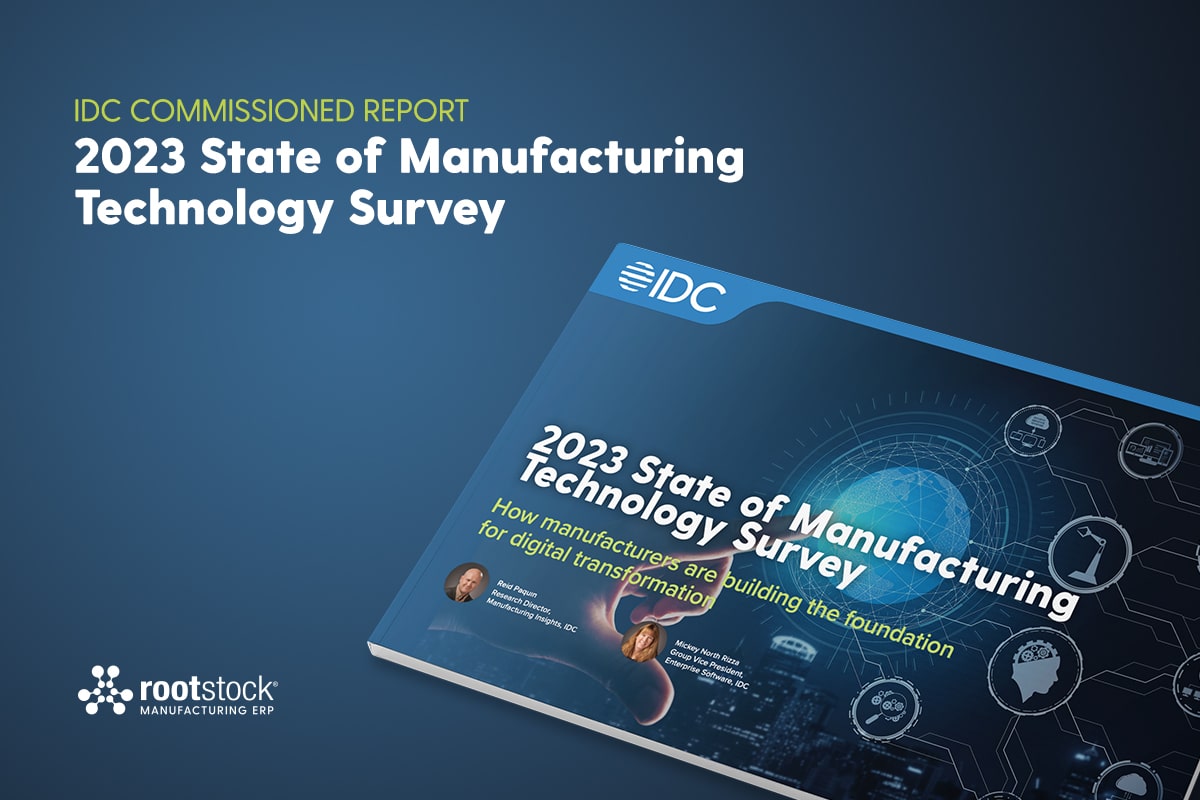
Companies that manufacture equipment or provide installation and repair services are recognizing the need to “get it right the first time” to provide a differentiating customer experience. Any repair that does not solve the problem in a single visit costs the company to reschedule the appointment, customer dissatisfaction, employee dissatisfaction as the dispatcher did not relay the right information in the first place. All this has a direct impact on margins and profitability for the company delivering the service. Consumers have many choices today and for companies to stay competitive, bringing operational excellence to drive a better field service engagement is necessary for survival. So what are some ways to drive operational efficiencies as an integral part of a great field service experience? Let’s explore this further.
Accurate Data Collection
Successful resolution for a field service call that drives the highest customer satisfaction requires a modern system that will allow the customer service agents to collect all the details related to the service call. Modern cloud-based enterprise software helps here by ensuring that the right information is collected when a distressed customer places a service call using any channel: mobile app, phone call, website, etc. Providing options to customers to use any communication channel is the first step. Providing intuitive experience to identify the nature of the service call is next. Collecting some basic information as well as other data points from the history of customer purchases or service calls makes the process easier. Identifying specific product data like VIN number, Serial Number, etc. and being able to automatically search information about the product are quick ways to identify accurately the parts that may potentially be needed during the service. This is where the process starts. Incorrect part identification could require a repeat visit from the technician if a wrong part is in the service truck.
Comprehensive Resource Planning
Resources include technicians, vehicles, and materials (spare parts and tools). Planning skilled technician availability and allocating appropriate time that includes the shortest time to the site, understanding of how long the work will take, and scheduling other jobs are all part of the planning process. Fleet availability with proper equipment is another aspect. Ensuring that there is enough inventory for the right spare part before the start of the service call is equally critical. Combining Field Service Management (FSM) and Enterprise Resource Planning (ERP) solutions provides the necessary capabilities to bring end-to-end support for effective field service operations.
Delivering Transparency & Visibility
It takes many roles in an organization to bring together an efficient field service operation. It starts with a customer making a service request. A service agent receives the service request and gets all necessary details from the customer to convert that request into a work order. The work order details should be visible to a dispatcher so that a service appointment is created, and a technician is assigned to the service appointment. The technician needs to have the right parts to complete the service request. The customer wants an accurate estimate of the service so there are no surprises on the final Invoice. Material planners and buyers need to have the visibility of material consumptions to drive operational excellence. During this process, transparency, and visibility of different stages of the process needs to be available to all parties to drive an enhanced customer experience. It is important that the software solution must play an important role in providing access to information anytime, anywhere, and on any device. Notifications generated from the software are necessary to keep everyone in the loop during the various stages of the field service engagement.
Mobile Ready
Any field services technology solution of course, requires mobile readiness. Customers expect to be able to use a mobile app to submit a service request. This mobile app should identify location using GPS, scan bar codes using the camera on the device (e.g., scanning VIN Numbers in a car’s dashboard), take pictures of the product needing service, and receive notifications, etc. Technicians can use their mobile functions to get to the service location, report the service completions, scan serial number of part replacements using the camera on the phone, take pictures of the issue, and log service time accurately. Companies would like to capture customer satisfaction scores by customers as soon as the service is completed. A technology solution must include not only the depth and breadth of functionality to cover field services, but also drive ease of use by exploiting the capabilities of modern mobile devices.
So how does one find an integrated technology solution that understands the needs of modern field service engagements and delivers operational excellence to drive a unique customer experience at scale for growth and profitability?
Streamline Operations Across the Service & Supply Chain

Companies looking to deliver an exceptional field service experience – look no further. Salesforce Field Service Management is built to deliver a broad set of capabilities out-of-the-box to drive efficient field service operations. No wonder Gartner recognized Salesforce as a Leader in the 2021 Magic quadrant for its execution and vision in FSM.
At Rootstock, we have extended the robust field services capabilities in Salesforce FSM with direct field service integrations to drive operational excellence with materials planning for procuring spare parts, inventory management, serial number tracking and the appropriate financials for proper accounting–essential capabilities to run efficient back office operations. Rootstock Cloud ERP is built natively on the Salesforce Platform. This means that customers now have a unified data model that combines the values of both Salesforce and Rootstock SFM capabilities and can provide actionable insights without the need to combine data from multiple systems—which can be expensive and does not provide real-time insights.
We are excited to see the growth in adoption of these new capabilities. Our customers are taking full advantage of the power that comes with the combined offering from Salesforce and Rootstock. Our low-code approach with clicks-not-code enabled by the Lightning Experience brings a tailored user experience at a low cost. The potential of expanding this by leveraging other platform capabilities including Slack for collaboration, artificial intelligence with Einstein Discovery, process automation with Einstein Bots, and many more present some cutting-edge AI/ML options for customers to protect their investments for the future and position the company for unlimited growth and profitability.
Keen to know more? Get in touch with us and we can show you how we can help you bring operational excellence to successfully drive your field service needs.






